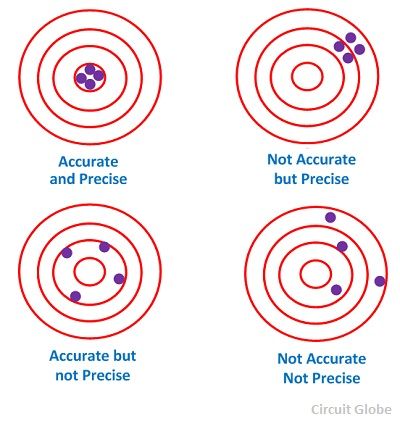This page explains our digital timer accuracy specifications of ±0.1% accuracy and ±0.001% precision. click here for an overview of accuracy vs precision.
ACCURACY
In order to achieve intuitive operation with only three buttons, the timers sacrifice some accuracy. The green 22mm front button performs two functions: it may start a timing cycle, or it may program the seconds. The button must wait for a certain number of millseonds to “know” what it is supposed to do. So in starting accuracy tests there is a delay that the N.I.S.T. certified calibration timing device probably will not capture. Therefore there is a delay time added to each timing cycle.
In addition, there is the inaccuracy of a particular crystal oscillator in each timer. The timing is achieved by a crystal oscillator that oscillates at 32.768 kHz with tolerance of ±20 ppm.
PRECISION
Despite the above, the timers are very precise, with a specification of ±0.001%. In a typical 20 minute cycle time the variation in the same timer from cycle to cycle would be no more than 0.01 seconds. (0.01 s/ 1200.00s = 0.008%) This is what is needed for a process timer intended to ensure repeatable process conditions.

